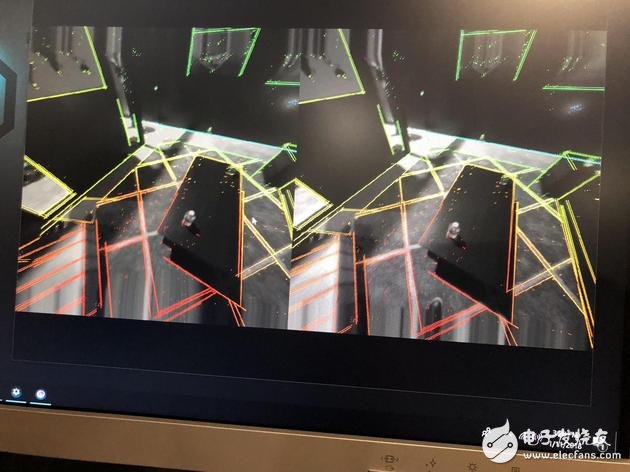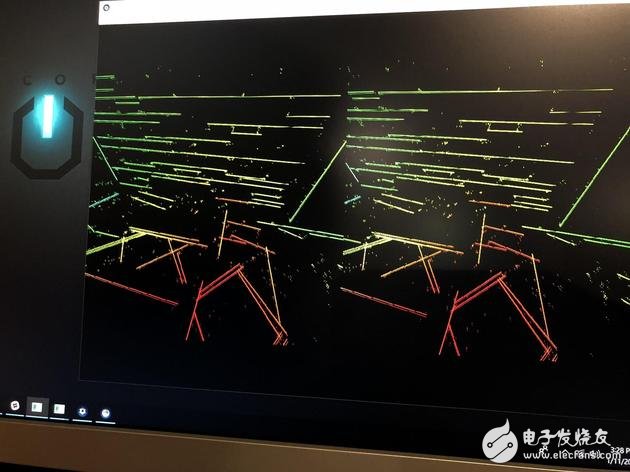Beijing, January 18 morning news, when you walk around wearing a virtual reality (VR) helmet, if no one looks at you, you would not dare to go too far. why? The reason is simple: you don't know where you are going. The probability of hitting a chair or table is really high. One company thinks it can solve this problem, it is Occipital. At this year's CES show, Occipital showed off its own technology. It is a startup company based in Boulder, Colorado. At the CES show, members of the Occipital team asked CNET reporters to wear the HTC Vive VR helmet, because the new technology being developed was implanted, and even wearing the helmet can see the room clearly. This technology is called Occipital Tracking, and its goal is to replace external room sensing hardware and introduce helmet-internal sensing technology for helmets. "Tracking from the inside out" technology has appeared on the market, which is the room tracking technology embedded in the helmet. Microsoft VR helmets, the upcoming Lenovo Mirage Solo, and Microsoft HoloLens are all used, but the goal of Occipital Tracking is even greater: it wants Enhance the room's ability to perceive and scan, allowing technology to play a greater role on VR devices. Both Apple ARKit and Google ARCore can scan the room with a camera and mobile phone motion sensor to sense edges and surfaces. Occipital Tracking collects light spots from the space and draws graphics. In the demo experience, the image can be converted between the real world and the VR world. Users can see the real world through the penetrating lens or the complete VR world. The edges of the room are covered by the image. The trial hardware is equipped with a stereo camera, but Occipital said tracking technology also supports a single camera. In short, it feels very much like ARKit / ARCore technology for VR. The image drawn by the system is like a sketch. You can see where the table is. The lines and corners tell you that there is an obstacle there, which is a chair. You can see the walls and corners. The outline will dissipate when you go back, and it will become clear when you get closer, just like the boundary of the room slowly emerges when we use most other VR headsets. The difference is that the boundary image displayed by Occipital Tracking is constantly refreshed. Occipital hopes that VR helmet manufacturers can embed this technology in hardware and system software. It is not difficult to install the technology into the hardware. According to Occipital, as long as there is a stereo camera and IMU (motion hardware device), the motion sensor already exists in the helmet. The use of VR equipment is easy to trip, and the situation may change next year. If implanting new technology is as easy as Occipital puts it, maybe soon more portable virtual helmets that can sense the room will be launched. Glasses Accessories,Eyewear Accessories,Optical Lens,Lens Optic Danyang Hengshi Optical Glasses Co., Ltd. , https://www.hengshi-optical.com
